Cycling endurance isn’t just about logging miles—it’s about training smart. Many riders unknowingly sabotage their progress with habits that hinder recovery, limit adaptation, and drain motivation. Whether you're training for a century ride, improving weekend performance, or building base fitness, avoiding these common mistakes can make a dramatic difference.
Riding without a plan leads to inconsistent effort and missed physiological gains. Endurance improves best through periodized training—alternating intensity and recovery.
📌 Fix: Use a simple 4-week plan with 2-3 endurance rides, 1 tempo ride, and 1 interval session. Track progress weekly.
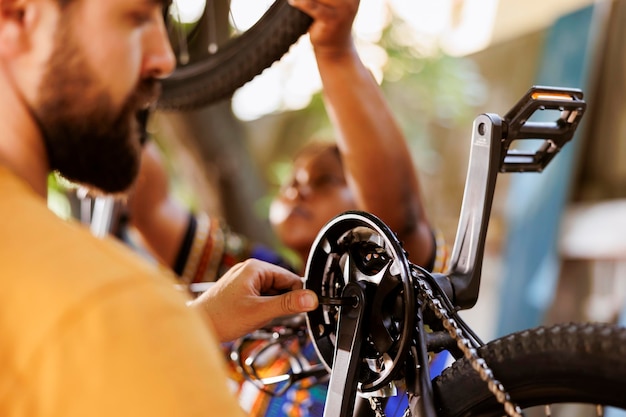
Fueling matters before, during, and after rides. Skipping carbs post-ride delays glycogen replenishment, slowing recovery.
📌 Fix: Eat a 3:1 carb-to-protein meal within 45 minutes of finishing. Track energy levels and hunger cues in a journal.
Muscle repair and aerobic adaptation happen during deep sleep. Chronic poor sleep reduces VO2 max gains and increases injury risk.
📌 Fix: Aim for 7–9 hours nightly. Use a sleep tracker to monitor consistency. Dim lights an hour before bed.
Cycling builds leg strength but often ignores core, glutes, and stabilizers. Weakness leads to inefficient pedal strokes and overuse injuries.
📌 Fix: Add 2 weekly 20-minute strength sessions. Focus on squats, planks, and single-leg exercises.
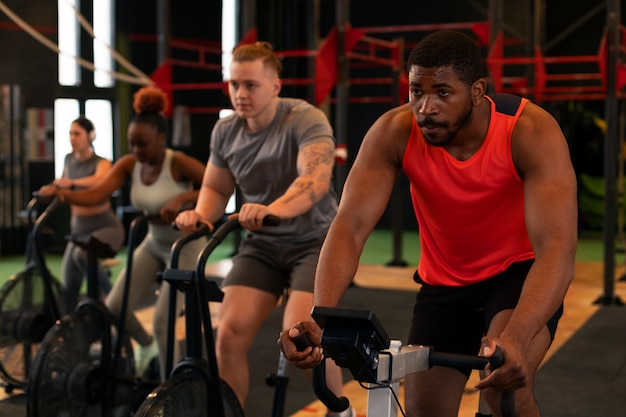
Staying in the 'comfort zone' limits aerobic development. True endurance comes from polarized training—mixing easy and hard efforts.
📌 Fix: Follow the 80/20 rule: 80% of rides easy, 20% at high intensity. Use heart rate or perceived exertion to guide effort.
Even 2% dehydration reduces power output and mental focus. Many cyclists drink only when thirsty—too late.
📌 Fix: Sip 16–24 oz per hour depending on heat. Use electrolyte mixes on rides over 90 minutes. Track urine color as a hydration cue.
An improper fit creates inefficiency and strain. Over time, this leads to fatigue, discomfort, and reduced power transfer.
📌 Fix: Get a professional fit or use online fit guides. Check saddle height, reach, and cleat position monthly.
Rest days are essential, but passive rest isn’t always best. Light spinning increases blood flow and clears metabolic waste.
📌 Fix: Schedule 1–2 easy 30-minute spins weekly. Keep effort below 60% max heart rate.
Without data, it’s hard to know if you’re improving. Relying only on feel leads to plateaus.
📌 Fix: Track average speed, heart rate, perceived exertion, and ride duration. Use apps like Strava or TrainingPeaks.
Endurance training is a long game. Without motivational anchors, consistency fades.
📌 Fix: Set micro-goals (e.g., 'ride 3x this week'), use visual trackers, and join group rides. Celebrate small wins.
Improving cycling endurance is a blend of science, consistency, and self-awareness. Avoid these 10 pitfalls, implement tracking, and use motivation cues to stay on course. Small changes compound into big results—on the saddle and off.

Fitness

Fitness

Fitness

Fitness

Fitness

Fitness
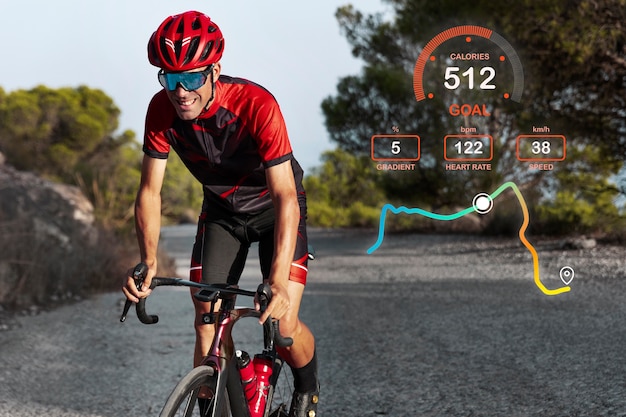
Fitness

Fitness
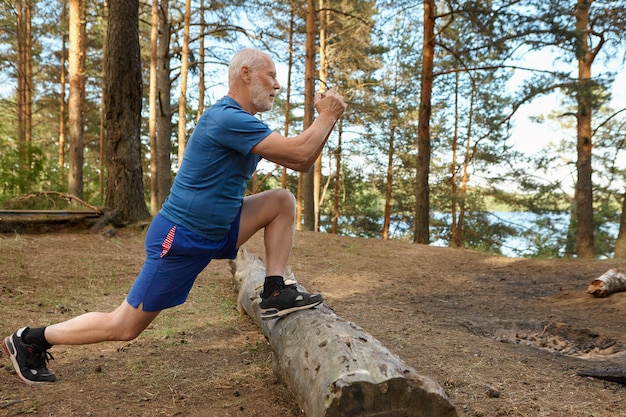
Fitness

Fitness

Fitness
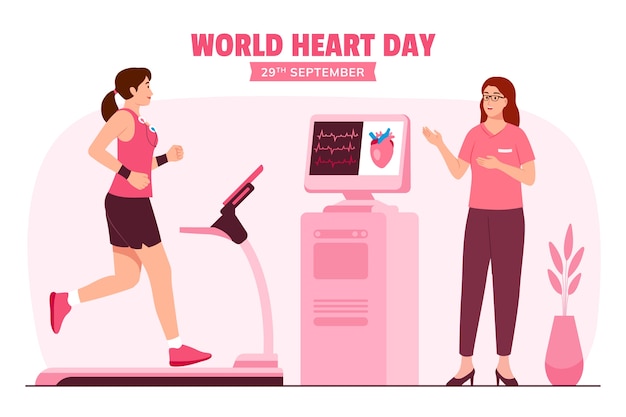
Wellness

Health

Fitness

Health

Health